Online shopping provides a quick and convenient way to purchase products, and this is especially true for the...
Surgical Forceps & Tweezers
Surgical forceps and medical tweezers are essential surgical instruments used in various medical procedures, including surgeries. These versatile tools are designed for tasks such as tweezing, clamping, and applying pressure, functioning effectively as pincers or extractors. Commonly utilized in emergency rooms, exam rooms, operating rooms, and during first aid, forceps provide a level of precision and control that surpasses the capabilities of f
Forceps Anatomy
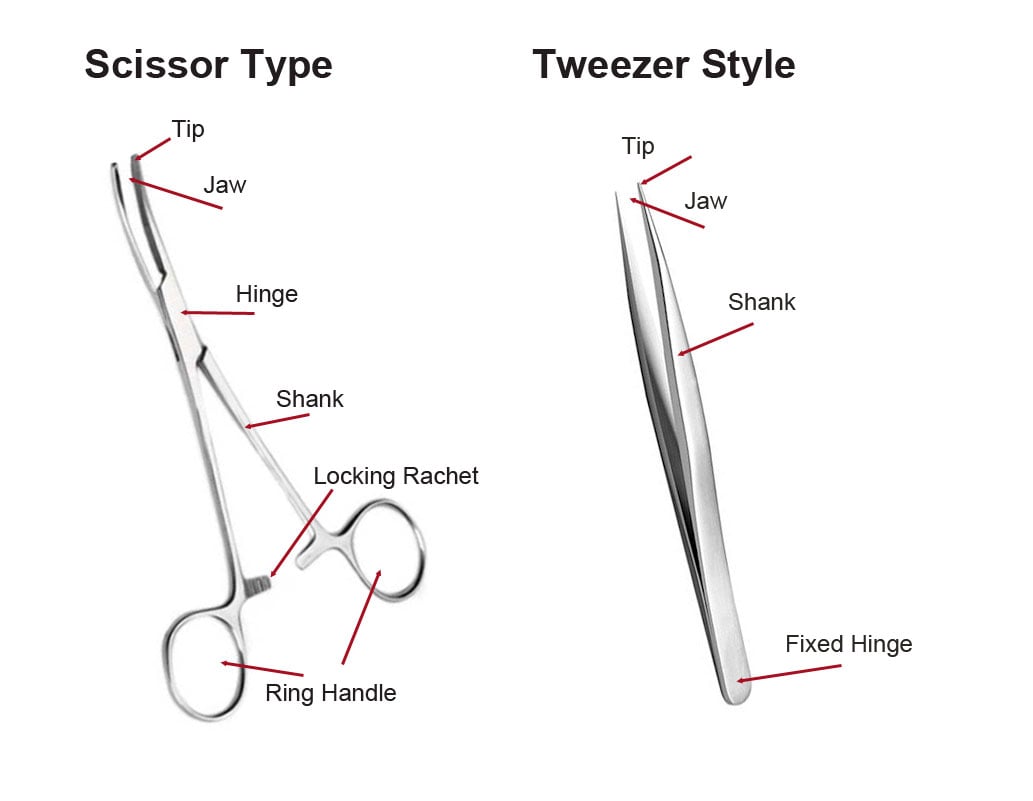
What Are the Types of Forceps?
Forceps come with a hinge on one end or with the pivot towards the middle. When hinged at the end, forceps look similar to tweezers. When hinged toward the center, they look more like scissors.
Tweezer Style
Tweezer style forceps are also known as pick-ups, thumb forceps, tissue forceps, or dressing forceps. Closure activates by depressing your thumb upon one side of a forcep's shank while a finger is on the opposite shank. By compressing both shanks together, these surgical tweezers grasp and hold tissue or other surgical instruments. The spring tension regulates how wide the device can open and the amount of tissue you can grip. The fixed hinge at the bottom is non-locking and non-pivoting.
"Thumb" forceps come with several different tip options, including flat, serrated, cupped, ringed, grooved, teeth or diamond dusted. The tip shape may be straight, curved, or angled. Serrations or teeth look more menacing for work with tissue, but cause less damage than flat forceps, since they require less pressure to maintain a firm grip. Smooth or cross-hatched forceps remove sutures, dressings, or drapes.
Typical Tweezer Style Forcep Designs

Scissor Style
The scissor type forceps, sometimes called "ring forceps" look similar to scissors because of the rings at one end for the thumb and forefinger. Surgeons sometimes call them hemostats or clamps. These hinged instruments connect two extensions with a hinge near the center of the tool. When one end closes, the other opens. The working end of this instrument grasps and holds while the other is used to open and close the working end of the tool.
Typical Scissor Style Forcep Designs
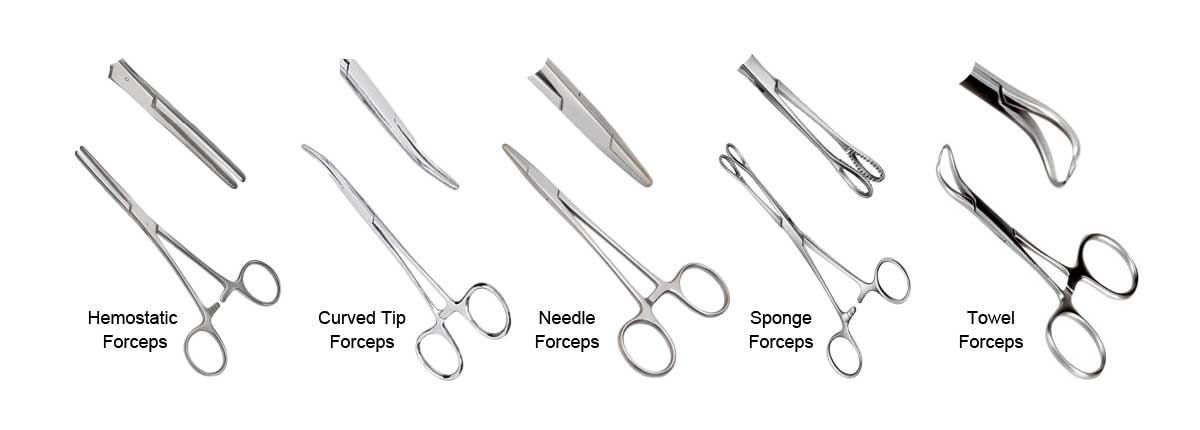
The scissor style is available in locking or non-locking designs. The locking versions allow the forceps to act as a latching clamp or to apply constant pressure. The most common locking forceps employ a ratchet device for the lock.
Locking Style
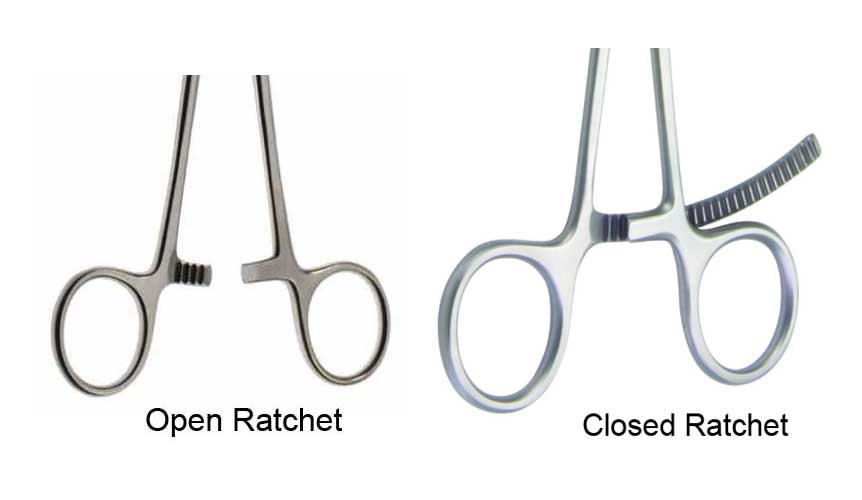
What Are Forceps Made Of?
Manufacturers make medical forceps with durable materials, including stainless steel, high-grade carbon steel, titanium, plastic, polypropylene, or a combination of alloys. The alloy versions can include chromium, nickel or cobalt. The tips of the alloy models have the added advantage of high flexibility and offer superior performance. These materials can withstand the harsh environments of sterilization and autoclaving. The plastic constructed models are disposable, while the steel and alloy models are usually reusable.
List of Popular Forceps Models
- Adson - serrated jaws with wide, flat thumb grasp area used for delicate tissue
- Alligator - delicate spoon jaws designed for ears
- Allis - grasping jaws with ratchet lock for slippery tissue and organs
- Atraumatic - thumb style used for grasping delicate tissue
- Babcock - grasping jaws for tissue
- Biopsy - cutting, grasping jaws for collecting specimens
- Bone - pincer design used for bone holding or removal
- Bulldog - spring-loaded, fine tipped used for manipulating delicate tissue
- Crile - hemostatic design used for clamping blood vessels or tissue before cauterization or ligation
- Curettes - scoop design for scraping or debriding tissue or debris for cleaning
- Dissecting - dressing/tissue design with serrated or teeth tips
- Forester - looping design used for sponge holding or retrieving
- Halstead - delicate pattern teeth, hemostatic
- Hemostat - arterial clamp design used for controlling bleeding during surgery.
- Kelly - arterial clamp used for large blood vessels or dense tissue
- Kocher - horizontal serrations along the entire jaw used for aggressively grasping medium to dense tissue
- Magill - angled tips used for removal and to guide trach tubes
- Mosquito - straight or curved hemostatic clamp for delicate tissue or to compress a bleeding vessel
- Obstetric - similar to tongs used for grabbing or maneuvering during childbirth
- Overholt - hemostatic design with finger ring and ratchet for grasping blood vessels
- Pennington - grasping design for holding tissues for suturing, hemostasis, or body piercing
- Punch - angled with narrow extensions used for cutting-out dense or resistant tissue
- Slotted - tissue grasping design used for inner ear or body piercings.
- Splinter - thumb design used for grasping and removing small foreign objects or for holding bandages or sutures
- Sponge - looped tip with serrated opposing faces used for applying and mopping with swab
- Suture - pincer tip used for grasping and extracting of stitches
- Thumb - tweezer design for grasping and holding tissue
- Tissue - tissue grasping design used to hold or manipulate various tissues
- Towel - perforating clamp used for securing towels or drapes
- Vulsellum - constructed with hooks at the tips used for obstetrics and gynecology procedures

Forceps Comparison Chart
Image |
Type |
Design |
Use |
|---|---|---|---|
|
Dressing |
tweezer appearance with straight, curved or special angled tips |
applying dressings, dressing removal, eye surgery |
|
Hemostats Variants: Crile, Kelly, Mosquito, Mixter, Splinter |
scissor appearance with locking ratchet |
grabbing, holding, clamping, prevent blood flow |
|
Needle |
scissor appearance with short tip and gold plated rings |
needle holder for suturing |
|
Obstetric |
large smooth clamping device |
assists with natal delivery during vaginal births |
|
Splinter Variants: Carmalt, Hunter, Stieglitz |
scissor or tweezer style with triangular shape tip that has a fine, smooth, and serrated tips, curved or straight tips, with or without locking rachet |
remove bone splinters, sutures, surgical procedures in tight, narrow areas |
|
Sponge |
scissor style with looped tips |
clamping, gripping, holding, twisting tissue, inserting IUD, gynecological procedures, handling sponges, gauzes and wipes |
|
Tissue Variants: Adson, Allis |
tweezer style with jaw teeth tips |
grip tissue without causing damage |
|
Towel |
scissor style with a claw-like tip |
hold or place towels, wipes, or drapes |
|
Tubing |
scissor style with clamping tip |
tubing inducer |
Vitality Medical offers a wide assortment of medical instruments for sale, including medical scissors, surgical staple removers, and scalpels.
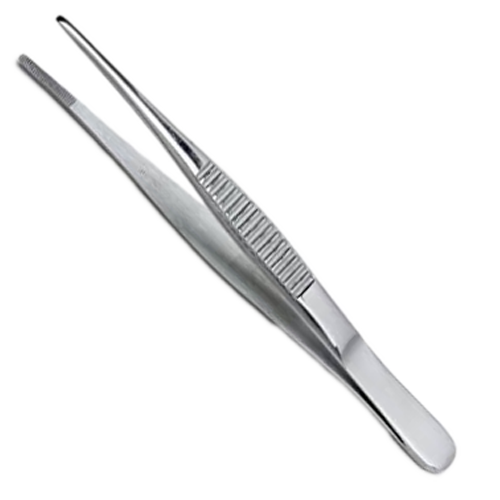
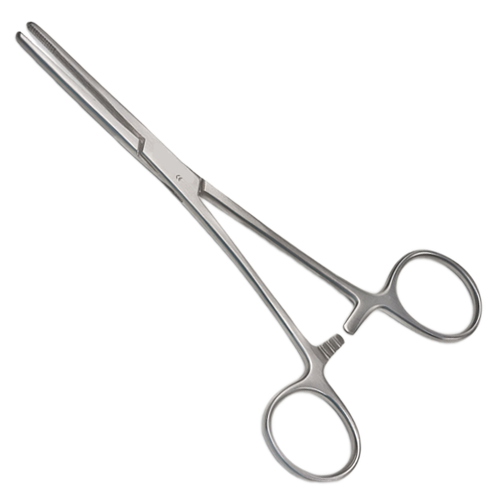
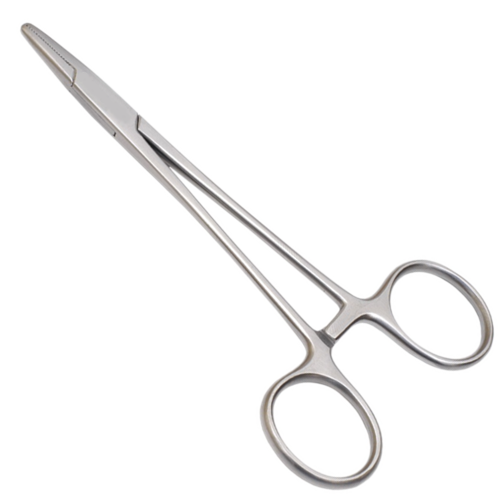
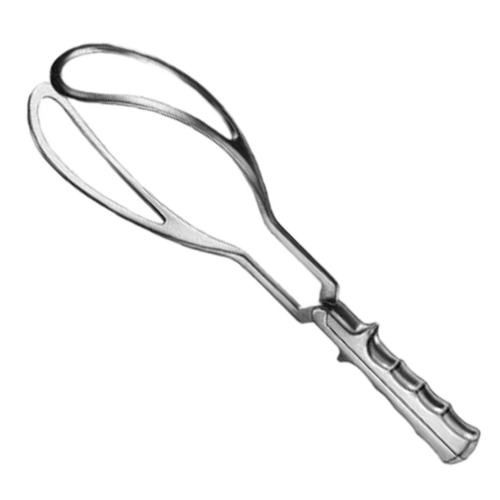
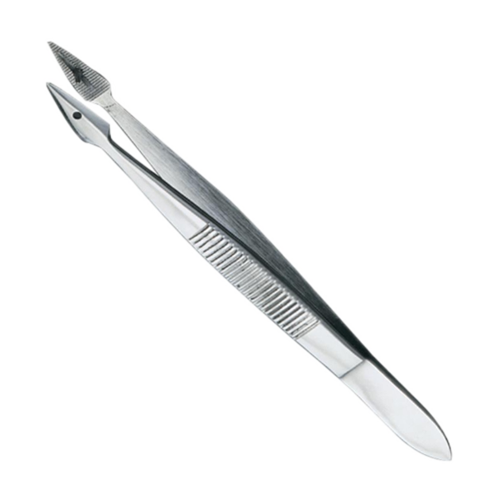
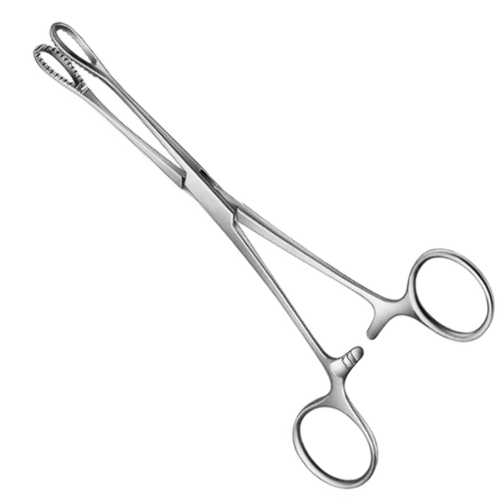
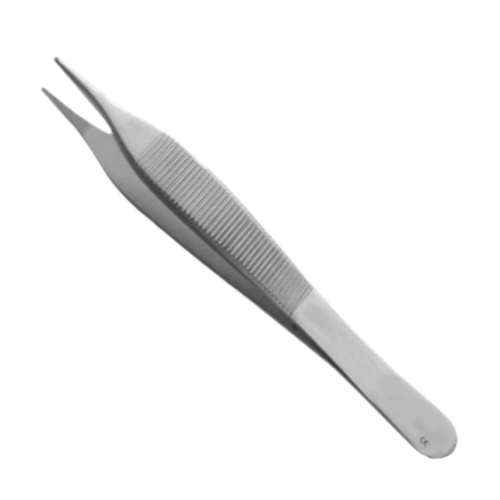
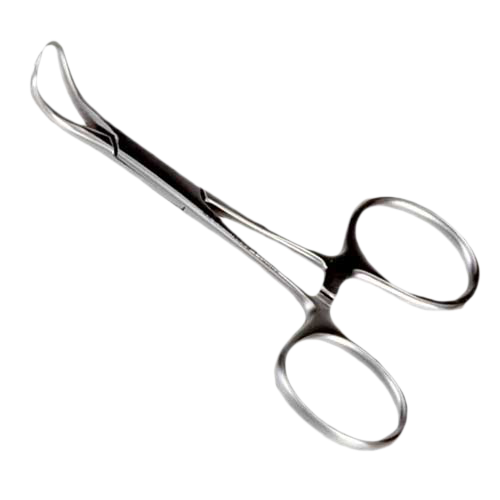
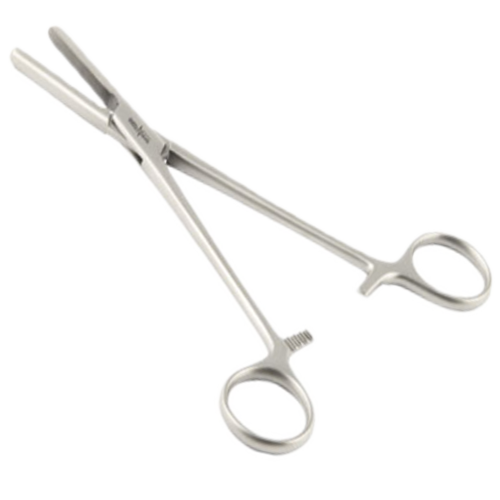
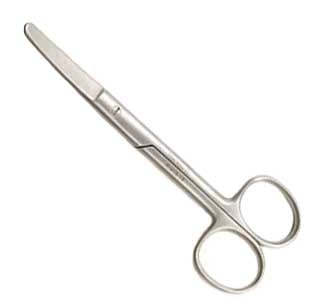
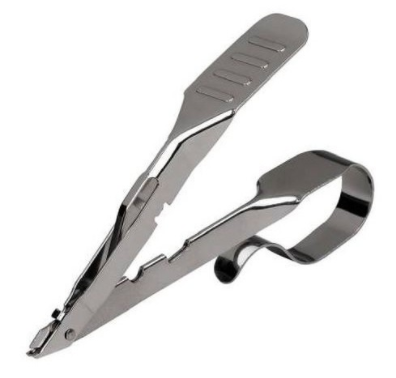
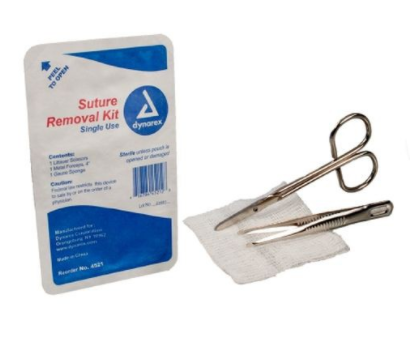
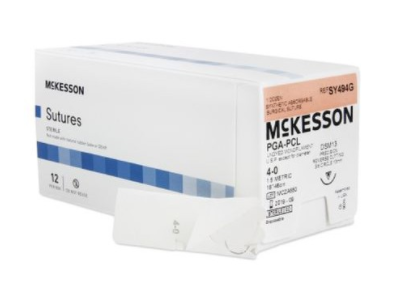
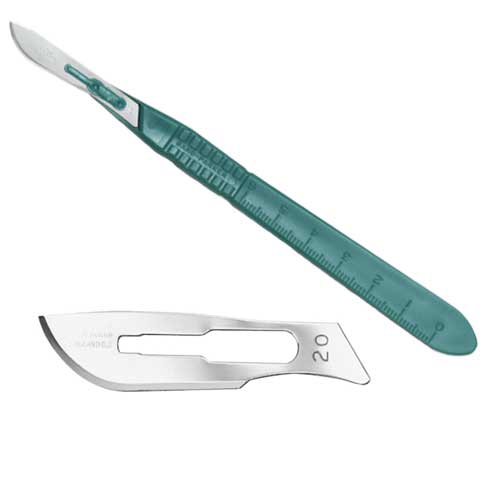
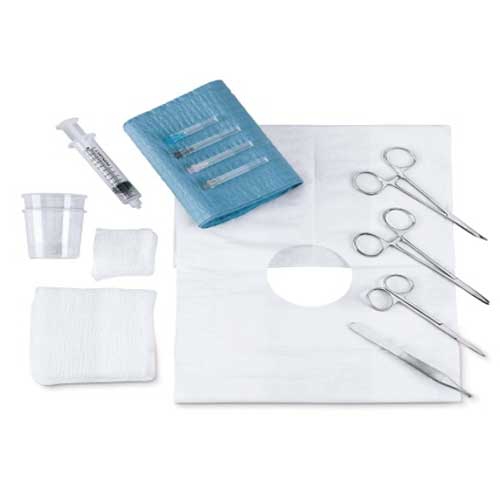
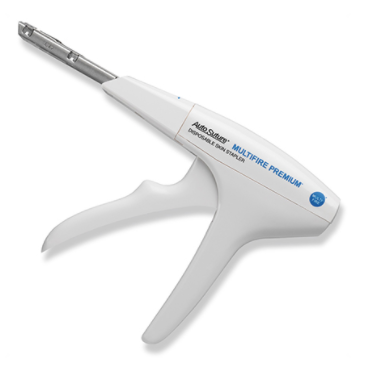
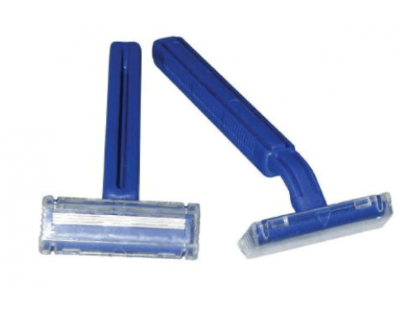
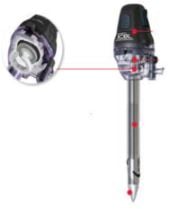
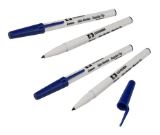

Login and Registration Form